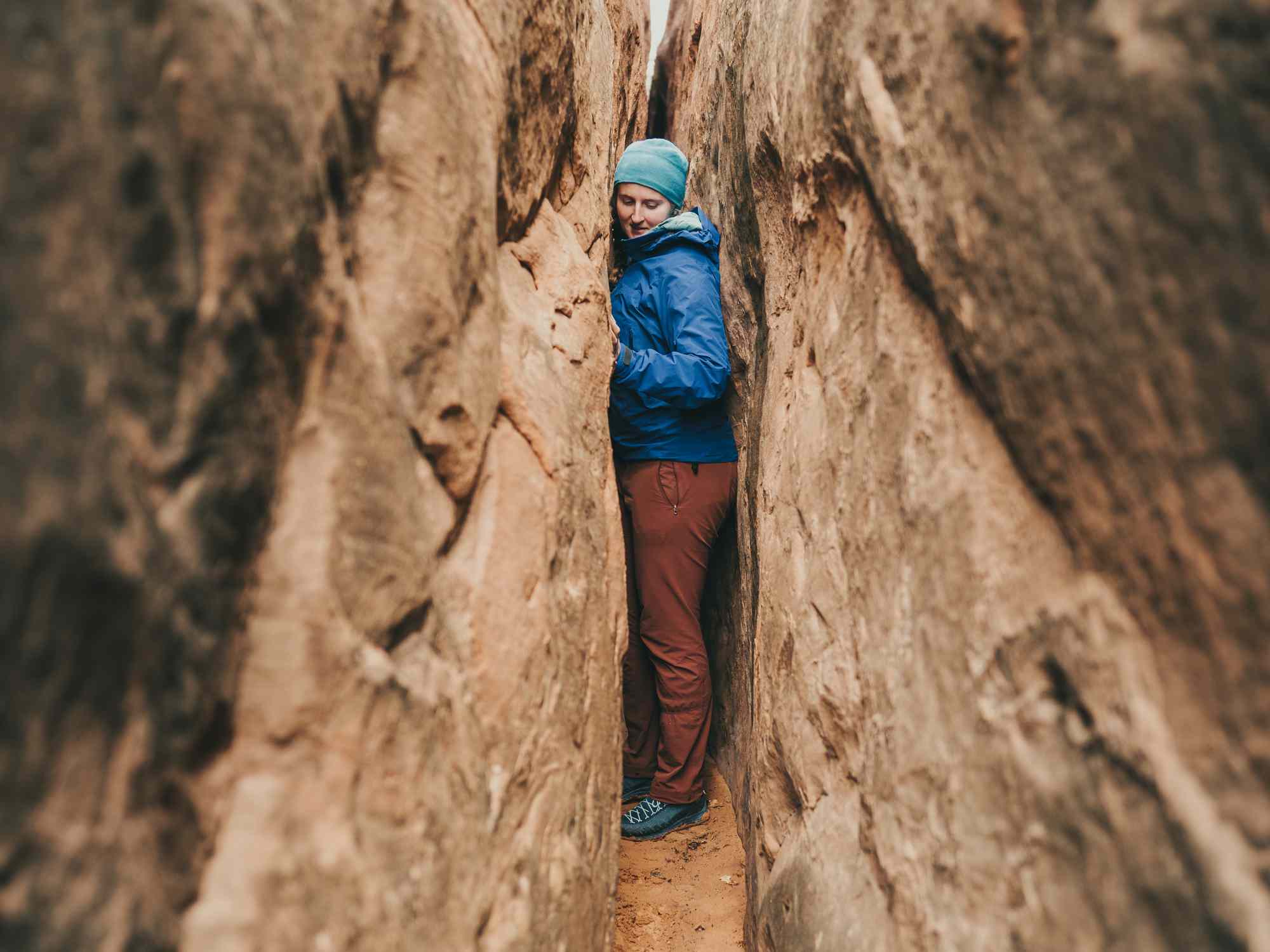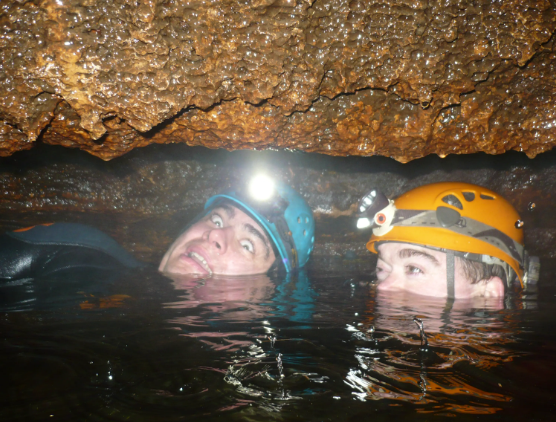Opposite of Claustrophobia: Exploring Agoraphobia as its Counterpart
Claustrophobia is a well-known anxiety disorder characterized by an intense fear of confined spaces. However, there is an opposite condition that manifests as a fear of open spaces. This condition is known as agoraphobia. In this article, we will delve into the concept of agoraphobia, its symptoms, causes, and possible treatments. Understanding the opposite of claustrophobia will provide insights into these contrasting anxiety disorders and shed light on the complexities of human psychology.

Claustrophobia
I. What is Agoraphobia?
Agoraphobia is an anxiety disorder in which individuals experience an extreme fear and avoidance of situations or places where they perceive escape might be difficult or embarrassing.
It often involves a fear of open spaces, crowded areas, public transportation, or places where help may not be readily available.
Unlike claustrophobia, which centers around confined spaces, agoraphobia revolves around the fear of being in situations or places that are perceived as unsafe or where escape might be challenging.
II. Symptoms of Agoraphobia:
People with agoraphobia may experience a range of physical and psychological symptoms when faced with triggering situations. These symptoms can include:
1. Intense anxiety or panic attacks: Individuals may experience sudden and overwhelming feelings of fear, accompanied by physical sensations such as rapid heartbeat, sweating, trembling, or shortness of breath.
2. Fear of specific places or situations: Agoraphobia is often characterized by a fear of being in certain locations, such as open spaces, crowds, bridges, or public transportation.
3. Avoidance behaviors: Individuals with agoraphobia may go to great lengths to avoid situations or places that trigger their anxiety. This can lead to significant limitations in daily activities and social interactions.
4. Dependency on a companion: Some individuals with agoraphobia may rely on the presence of a trusted person to accompany them in feared situations.
5. Feelings of helplessness or embarrassment: The fear of experiencing a panic attack or losing control in public can lead to feelings of helplessness and embarrassment.
III. Causes and Risk Factors:
The exact causes of agoraphobia are not fully understood, but several factors may contribute to its development. These factors can include:
1. History of panic attacks: Agoraphobia often develops as a result of experiencing panic attacks, which may initially occur in specific situations and gradually generalize to other settings.
2. Anxiety sensitivity: Individuals with high levels of anxiety sensitivity, or the fear of anxiety-related sensations, may be more prone to developing agoraphobia.
3. Traumatic experiences: Traumatic events, such as accidents or assaults, can trigger the onset of agoraphobia.
4. Family history: There is evidence to suggest a genetic predisposition to anxiety disorders, including agoraphobia.
5. Other anxiety disorders: Agoraphobia can coexist with other anxiety disorders, such as social anxiety disorder or generalized anxiety disorder.
IV. Treatment Options:
Agoraphobia, like claustrophobia, is a treatable condition, and several approaches can help individuals manage their symptoms and regain control of their lives. Some common treatment options include:
1. Cognitive-behavioral therapy (CBT): CBT helps individuals identify and challenge negative thoughts and beliefs that contribute to their anxiety. It also involves gradually exposing individuals to feared situations to desensitize their fear response.
2. Medication: Antidepressant medications, such as selective serotonin reuptake inhibitors (SSRIs), may be prescribed to help manage symptoms of agoraphobia.
3. Support groups: Joining support groups or engaging in therapy sessions with individuals who have similar experiences can provide a sense of community and understanding.
4. Self-help strategies: Learning relaxation techniques, practicing deep breathing exercises, and gradually facing feared situations with the support of a trusted person can be helpful in managing agoraphobia symptoms.

Claustrophobia - cramped space and lots of water
While claustrophobia and agoraphobia represent two contrasting anxiety disorders, both significantly impact individuals' lives. By exploring the opposite of claustrophobia, we gain a deeper understanding of the complexities of anxiety disorders and the unique challenges they present. Agoraphobia, with its fear of open spaces and avoidance of certain situations, can be equally debilitating. However, with appropriate treatment and support, individuals with agoraphobia can learn to manage their symptoms and regain their independence.